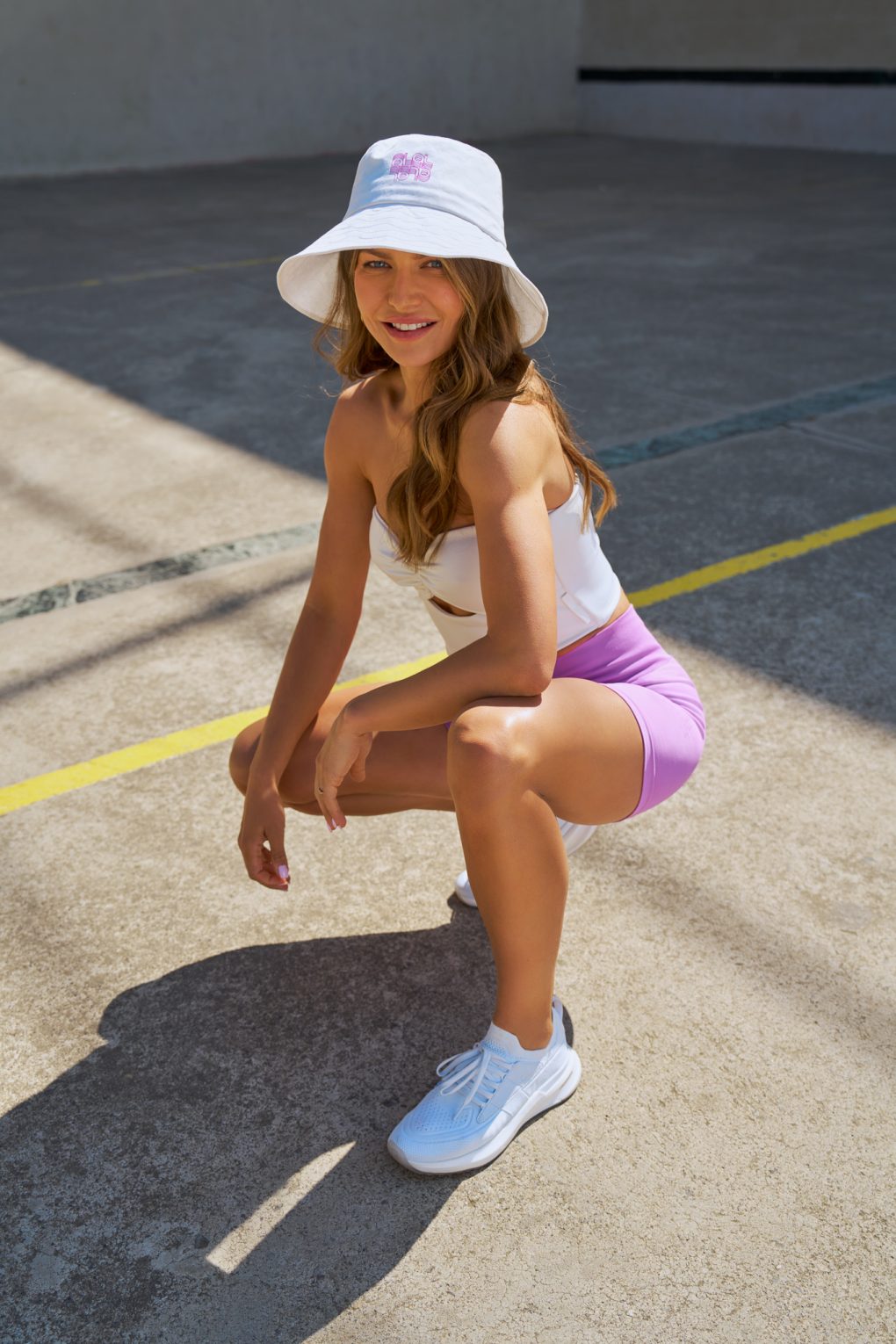
Training in the Heat – Crucial Tips
Do you have to give up physical activity in hot weather? High temperatures are becoming more and more frequent throughout several summer weeks, and yet we know that exercise is the basis for maintaining health and well-being. Training on hot days can be a challenge, but if you remember a few rules, you can take care of your health and safety.
High temperatures increase the risk of dehydration or heat stroke, so today I have prepared for you some key rules that will help you train safely even during the hottest weather! 🙂
Hydration
Hydration is the basis of every training, but on hot days it is especially important. Remember to drink water regularly throughout the day, not only immediately before or after your workout! When exercising in high temperatures, also drink water about every 15-20 minutes, even if you do not feel thirsty. Isotonic drinks may also be helpful and will replenish electrolytes lost with sweat (see the Foods by Ann offer HERE). You can find out lots more on hydration in the text I wrote HERE. Also, use seasonal fruit and vegetables that contain a lot of water and will help you replenish your daily fluid requirement (cucumber, watermelon, strawberries, raspberries).
Where to Work Out
Picking the right place for training can significantly affect your comfort and safety while working out. Avoid direct sunlight as it is best to train in the shade or (if possible) in an air-conditioned room. When exercising outdoors, be sure to use creams with a high UV filter to protect your skin from the harmful effects of sunlight. Headgear, such as a baseball cap, is also important to protect against overheating.
The Time of Day
The best times to exercise on hot days outside are early morning or late evening, when the temperatures and sunlight are lower. Avoid exercising at noon, when the sun is at its brightest.
If you are worried that late training will negatively affect your sleep (intense training performed right before bed may make it difficult to fall asleep, which you can read more about HERE), you can choose a lower intensity activity, such as walking, yoga, short deep muscle training.
Time and Intensity
On hot days, you need to adjust the training time and intensity to your abilities and weather conditions. Give up very intense exercises in favor of lighter activities. Listen to your body and shorten your training time so as not to overload your body.
Alarming symptoms
If you feel
- dizziness,
- nausea,
- great and sudden fatigue,
- excessive sweating,
- uncontrolled muscle spasms,
- headache,
- or rapid heartbeat
stop exercising and find a cool place to rest. These may be symptoms of overheating or heat stroke that require quick action.
Proper Outfit
Don’t forget about appropriate clothes for exercise – light, airy and bright fabrics that allow the skin to breathe are perfect for hot weather. Avoid dark colors that attract heat and fabrics that do not allow air to pass through. Sweat cools the body, protecting it from overheating, but it can also cause discomfort and discourage exercise on warm days. Therefore, it is worth wearing sports clothes made of appropriate material, which will make exercising enjoyable.
To sum up, an optimal and effective workout is, above all, a safe one. I encourage you to stay active in the summer, even while on vacation. Remember that physical activity includes not only planned training, but also ordinary, everyday activities, including walking. Traveling and sightseeing can be a great opportunity to generate a lot of steps! And if you choose training included in your training plan (e.g. from my Diet & Training by Ann application HERE), do not ignore the above rules and take care of your safety 🙂





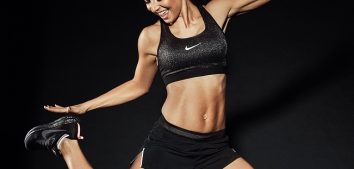
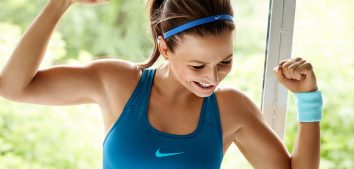
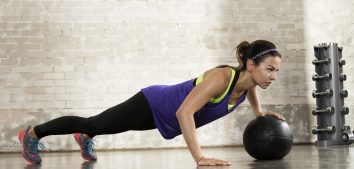

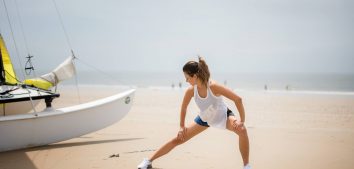
Comments No Comments
Join the discussion…